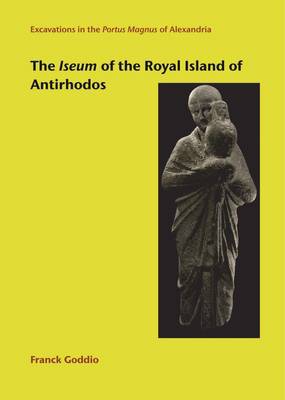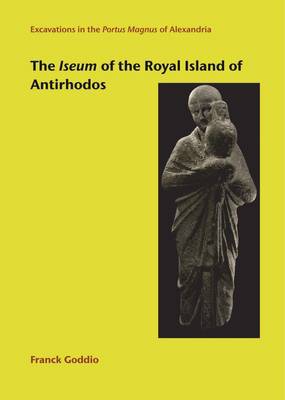
- Retrait gratuit dans votre magasin Club
- 7.000.000 titres dans notre catalogue
- Payer en toute sécurité
- Toujours un magasin près de chez vous
- Retrait gratuit dans votre magasin Club
- 7.000.0000 titres dans notre catalogue
- Payer en toute sécurité
- Toujours un magasin près de chez vous
Description
The island of Antirhodos, isolated from the contemporary Alexandrian shoreline, was according to Strabo the property of kings (Geography 17.1.9). It was here in the third century BC that the Ptolemies built a palace and on a monumental quayside reaching back towards the city a temple dedicated to the goddess Isis. Facing out into the harbor, the Iseum would have been a striking landmark in the scenography of Alexandria, placing Isis in the heart of the Portus Magnus and presenting the view of her temple as one of the first that sailors arriving in the port would have seen. It continued to receive donations and to be redecorated into the period of Roman rule. The quayside upon which it stood did not share the strong natural foundations of the island and its banks failed, most likely during an earthquake. This event, dated to around AD 50, brought the temple crashing into the waters of the Portus Magnus on either side of the quayside. These collapse deposits, including important pieces of sculpture, objects from the temple treasury and remnants of its architecture and decoration, were largely protected from the recycling of the remains of the temple that on land. They were rediscovered during surveys and excavations in the Portus Magnus by the Institut Européen d'Archéologie Sous-Marine under the direction of the author, Franck Goddio. In this volume, Goddio examines the archaeological remains from the temple that identify it as an Iseum and discusses its changing role in late Hellenistic and early Roman Alexandria.
Spécifications
Parties prenantes
- Auteur(s) :
- Editeur:
Contenu
- Nombre de pages :
- 200
- Langue:
- Anglais
- Collection :
Caractéristiques
- EAN:
- 9781905905515
- Date de parution :
- 31-12-25
- Format:
- Livre relié
- Format numérique:
- Genaaid
- Dimensions :
- 211 mm x 304 mm

Les avis
Nous publions uniquement les avis qui respectent les conditions requises. Consultez nos conditions pour les avis.






